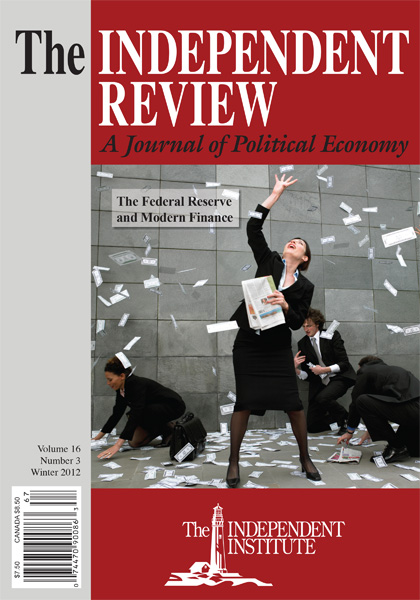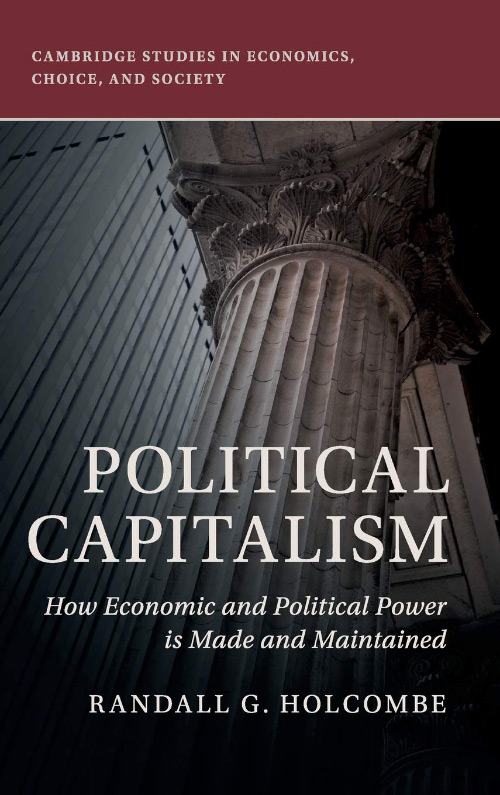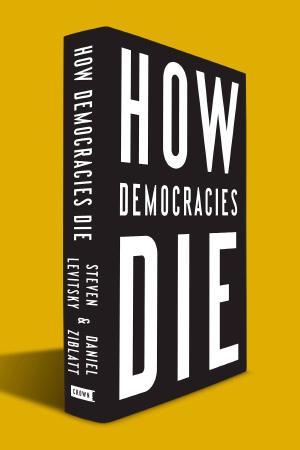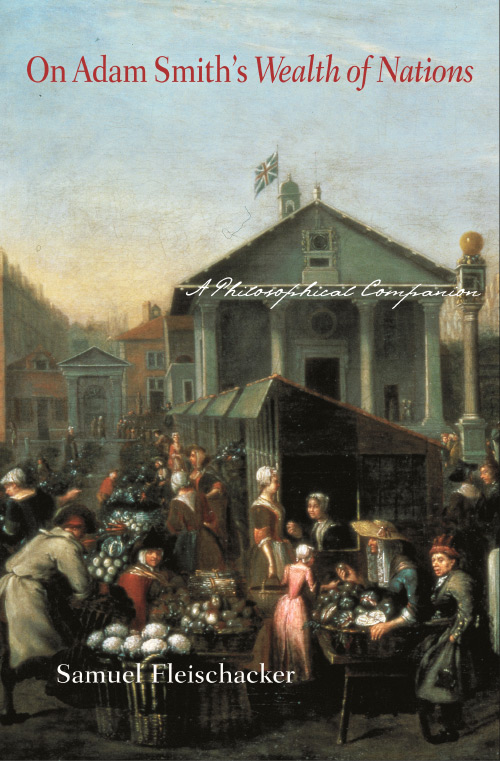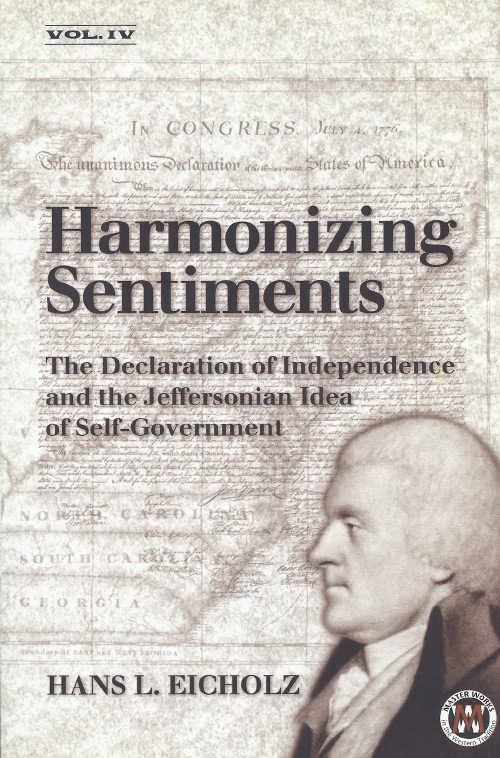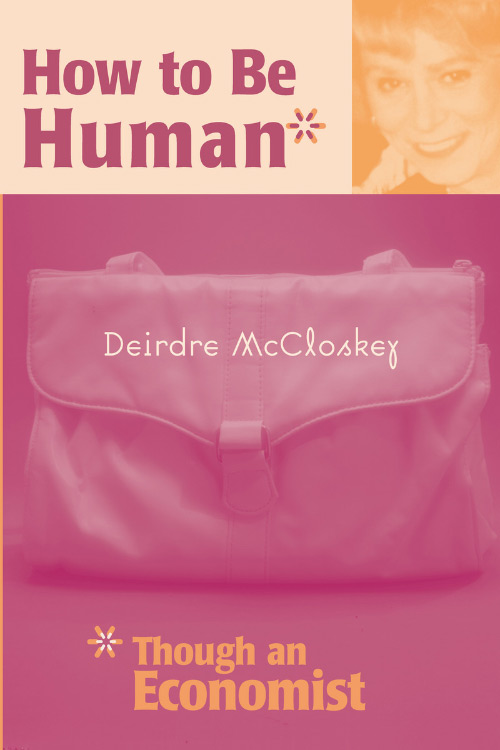Francis Fukuyama’s newest book, The Origins of Political Order: From Prehuman Times to the French Revolution, is the first of two related volumes, the second of which is scheduled for publication in 2012. It is a broadly learned treatise by any measure, and several prepublication reviews have touted it as being poised to become the next standard reference in political theory. As with Fukuyama’s first signature book, The End of History and the Last Man (New York: Free Press, 1992), however, it is certain to draw sharp criticism as well.
Fukuyama describes this book as focusing “on the political dimension of [economic and social] development, the evolution of government institutions” (p. 19). The book’s historical commentary documents and explains the appearance and political growth of human societies from bands, tribes, and chiefdoms to states (p. 53). Fukuyama describes his largely inductive method as “putting the theory [of political development] after the history,” noting that “all too often social science begins with an elegant theory and then searches for facts that will confirm it. This, hopefully, is not the approach I take” (p. 24). He notes that much of the existing literature “falls short of being a real theory of political development . . . and it is not clear whether it will ever be possible to generate such a theory. The problem, to put it in social science terms, is that there are too many variables and not enough cases. . . . The prospects of producing a predictive general theory out of this soup of causal factors and outcomes seem to be very slim indeed” (p. 327). The book accordingly describes instead “several important paths of European political development and the range of causal factors associated with each one. From this range of cases it may be possible to generalize about which factors were most and least important, but in ways that fall short of providing a genuine predictive theory” (p. 327). He concedes in fact that his book’s “general framework amounts to something less than a predictive theory of political development” (p. 23). Thus are we prepared to wonder anew whether “political science” deserves to be called “science” at all.
The book is styled in part as an update of Samuel Huntington’s classic work Political Order in Changing Societies (New Haven, Conn.: Yale University Press, [1968] 2006), for which Fukuyama wrote the reprint edition’s introduction. Fukuyama’s present work attaches historical meat to the bones of Huntington’s thesis. He approvingly characterizes this thesis as arguing that “contrary to modernization theory’s progressive assumptions, there was no reason to assume that political development was any more likely than political decay. Political order emerges as a result of the achievement of some equilibrium among the contending forces within a society. But as time goes on, change occurs internally and externally: the actors who established the original equilibrium themselves evolve or disappear; new actors emerge; economic and social conditions shift; the society is invaded from the outside or faces new terms of trade or imported ideas. As a result, the preceding equilibrium no longer holds, and political decay results until the existing actors come up with a new set of rules and institutions to restore order” (p. 139).
Fukuyama also seeks to build on Huntington’s concept of a “third wave of democratization: liberal democracy as the default form of government” (p. 3). This elaboration will not appear in full until volume 2, which will cover the period ranging from the French Revolution to the present. Volume 1 nevertheless provides generous hints as to what lies beyond the Malthusian world that disappeared at the end of the eighteenth century. The reader is duly warned that “the conditions for political development today are very different from what they were in the periods covered by Volume 1. . . . So while the historical material in this book may explain how different societies got to where they are now, their paths to the present do not determine their futures, or serve as models for other societies” (pp. 18–19).
The French Revolution is synecdoche, standing in not only for the French, American, and Industrial revolutions, but also for the 1806 Battle of Jena- Auerstadt, “when Napoleon defeated the Prussian monarchy and brought the principles of liberty and equality to Hegel’s part of Europe. . . . [T]he basic principles of modern government had been established by the time of the Battle of Jena: the task thereafter was not to find new principles and a higher political order but rather to implement them through larger and larger parts of the world” (p. 420). The end of volume 1 thus coincides with the emergence, out of the historical process of dialectical contradictions, of G. W. F. Hegel’s ideal “liberal state” and hence with the “end of history.”
The emergence of liberal democracy as the “default” political order remains a modern development. As recently as 1973, only 45 of the world’s 151 countries were regarded as being “free.” That number had increased to 120 “electoral democracies” by the late 1990s, a development that rekindled dialectical and teleological views of history. The number of recognized democracies has declined somewhat since reaching this peak, owing to political backsliding by countries such as Russia, Venezuela, and Iran (pp. 3–4). The book attributes this reversal and other developing glitches in liberal democracy—such as legislative gridlock and the ballooning of public debt—to “execution” rather than to “concept” (p. 11), thereby implying an eventual regression to the developmental mean. True to Hegelian idealism, the “end of history” is predicted to continue no matter how eventful the transient failures of liberal democracy happen to be.
“Electoral democracy” as a measure of “liberal democracy” falls short of Fukuyama’s political ideal, which he describes as being “more than majority voting in elections; it is a complex set of institutions that restrain and regularize the exercise of power through law and a system of checks and balances” (p. 4). Political institutions fall under three heads: (1) the state; (2) rule of law; and (3) accountable government (p. 16). An ideal political order is said to develop by converging on an optimum institutional balance that supports liberal democratic values while also permitting the state sufficient power to respond efficiently to a society’s legitimate needs and periodic crises. The present volume’s historical case studies demonstrate not only how political institutions develop along these lines, but also and equally important in Fukuyama’s view how and why they also happen to decay. Fukuyama adopts Huntington’s definition of institutions as “stable, valued, recurring patterns of behavior” (p. 450). He regrettably pays relatively little systematic attention to the problems of rent seeking by sovereigns, politicians, bureaucrats, elites, and other interested factions whose political entrepreneurship routinely prevents political institutions from ever becoming as sharp as the idealized instrumental concepts that spawn them. We read instead that “[w]hat we understand as modern constitutional government arose as a result of . . . unwanted and unplanned compromise” (p. 325).
Fukuyama’s methodological approach is distinguished by the laudable effort to anchor political theory in biological evolution. His earlier book Our Posthuman Future: Consequences of the Biotechnology Revolution (New York: Farrar, Straus and Giroux, 2002) signaled not only his interest in the genetic roots of human behavior, but also his concern that manipulation of the human genome ultimately might perturb the “end of history.” Of course, many previous writers have explained the evolution of political systems using the primal Darwinian concepts of “variation” and “selection.” Writers also have noted the essential differences between biological and political evolution: unlike biological evolution, political institutions result from deliberate choice and design; they are transmitted culturally rather than genetically; and they embody subjective values that make them resistant to change (p. 23). Fukuyama’s treatment of evolution is unique, however, in that it also incorporates two fundamental principles of sociobiology: “kin selection” (by which individuals are genetically predisposed to favor family, the political consequence of which Fukuyama terms “patrimonialism”) and “reciprocal altruism” (by which individuals are both genetically predisposed and rationally equipped for cooperation). These concepts are patently applicable to political theory because biological evolution and politics alike are direct consequences of the perpetual competition for scarce resources. The treatment of evolution and self-interest in The Origins of Political Order unfortunately does not do justice to their common foundation; for example, it subordinates self-interest to Hegel’s notion of the human desire for “recognition,” which Fukuyama claims “ensures that politics will never be reducible to simple economic self-interest” (p. 45). He similarly makes no attempt to analyze religion—another key causal factor in his political-order stew—by the lights of either evolution or self-interest. As a result, his analysis is free to drift away from its only a priori moorings.
Drift is most evident when Fukuyama deals with economics’ role in the development of political order. He aptly notes that political institutions “come into being in the first place because people find that they can protect their interests, and the interests of their families through them. . . . Self-interest and legitimacy thus form the cornerstones of political order” (p. 16). He nevertheless argues throughout the book that political development “is not only about economics” (p. 19), by which he appears to mean that political development is not simply about maximizing pecuniary economic values. Hence, he chides neoclassical economics’ working assumption that a “rational utility-maximizing framework is sufficient to understand virtually all forms of social behavior. Those who think otherwise, the Nobel laureate Gary Becker once implied, just weren’t looking hard enough” (p. 162). The book thus denies to rational human action the same weight it accords to genetically driven behavior even though both are direct consequences of human evolution.
Fukuyama similarly dismisses the economist Mancur Olson’s theory of the “stationary bandit,” which explains how government could have arisen as a consequence of roaming entrepreneurial gangs’ discovery that they could improve their private lot by providing public goods to disorganized populations rather than by forcibly extorting them seriatim. Fukuyama argues that “[t]he only problem with Olson’s theory is that it isn’t correct. The rulers of traditional agrarian societies often failed to tax their subjects at anything close to Olson’s posited maximizing rate. . . . There is no better illustration of the inadequacies of Olson’s model than China during the Ming Dynasty, where there is broad scholarly consensus that tax rates were set far below their theoretical minimum, and indeed far below a level that was necessary to provide the minimal public goods, particularly defense, that were needed to keep the society viable” (p. 304).
This bit of analysis stumbles badly on three levels. First, it provides no theoretical refutation of Olson’s a priori theory, offering instead only some possibly contrary examples. Second, it compares political decay to Olson’s theory of political origins. Once-entrepreneurial political dynasties easily decay when sovereignty passes into the hands of a generation that is indifferent, incompetent, or insane. Moreover, sovereigns who achieve political monopolies—such as the Chinese emperors whose “Mandate of Heaven” gave them virtually unlimited political power—can be expected to behave like a rational monopolist in any other field of professional endeavor; that is, they tend to maximize the combined value of pecuniary and nonpecuniary returns to office. The Nobelist John Hicks famously quipped that “the best of all monopoly profits is a quiet life,” an aphorism that aptly characterizes ancient Chinese history; to wit, Fukuyama states, “An enormous complacency pervaded Ming China in all walks of life. It was not just emperors who didn’t feel it necessary to extract as much as they could in taxes; other forms of innovation and change simply didn’t seem to be worth the effort” (p. 311). But things were not always thus, as Fukuyama explains: “The draconian powers of taxation and confiscation held by the emperor also tended to be a wasting commodity. It could be used only early on in a dynasty when the emperor was consolidating power and settling scores with former opponents. But as time went on, the palace found it often needed the cooperation of those same elites and dramatically reduced tax rates in the areas [where] it had earlier confiscated property” (p. 306). Fukuyama’s example not only fails his argument but also appears on close consideration to refute it.
Third, the book blithely describes other instances in the development of political order that stand on all fours with Olson’s a priori theory of political order. An example is its description of the medieval church’s role in establishing political order and the rule of law and also coincidently in fostering gender equality by promoting property rights for women. Fukuyama explains, as if channeling Adam Smith, that fostering gender equality per se was no part of the church’s intention. Rather, “[t] he relatively high status of women in Western Europe was an accidental by-product of the church’s self-interest. The church made it difficult for a widow to remarry within the family group and thereby reconvey her property back to the tribe, so she had to own the property herself. A woman’s right to own property and dispose of it as she wished stood to benefit the church, since it provided a large source of donations from childless widows and spinsters” (p. 238). This commentary might usefully have been extended to explain how the right of women to own property also led to tens of thousands of widows with families being cast as witches and subsequently burned at the stake so that the church could confiscate their wealth “legally.” The church became perhaps the greatest of all stationary bandits when in 1199 C.E. Pope Innocent III decreed that the property of heretics would be forfeited to the church, which brazenly shared these spoils with the victims’ accusers. Fukuyama’s argument that the rule of law emerged from religion is ironic on several levels.
Fukuyama duly notes that “[t]he factors driving the development of any given political institution are multiple, complex, and often dependent on accidental or contingent events” (p. 23). This caveat enables him to spin a “just so” and sometimes inconsistent story about the origins of political order by drawing freely on selected historical examples for support.
| Other Independent Review articles by James A. Montanye | ||
| Summer 2018 | Digital Revolutions in Public Finance | |
| Winter 2015/16 | Does Altruism Exist?: Culture, Genes, and the Welfare of Others | |
| Fall 2014 | The Great Debate: Edmund Burke, Thomas Paine, and the Birth of Right and Left | |
| [View All (24)] | ||

